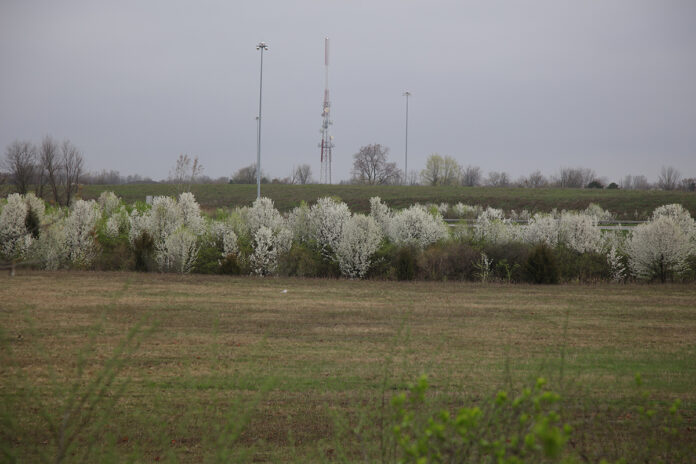
There is a wide diversity of plants and wildlife in the Midwest, but they are under attack. There are non-native trees and shrubs invading our native ecosystem. Some of the invasive trees and shrubs that are causing these issues are autumn olive, callery (Bradford) pear, ailanthus (tree of heaven), burning bush (Euonymus alatus), honeysuckle and multiflora rose.
The introduction of many non-native plants had the best of intentions. Some had medicinal qualities, while others were valued for forage, beauty in landscaping, erosion control or in multiflora rose’s case, a “living livestock fence.” The potential for invasiveness was not considered until it was too late.
Impact on ecosystems. Invasive trees and shrubs are a serious problem affecting forest and wildlife communities across Ohio and the Midwest. These woody plants not only threaten ecological integrity, but they cause major concern for wildlife and the biodiversity of our forest ecosystems. Rapid growth, high reproductive rates, lack of natural controls and an ability to tolerate a wide range of environmental conditions have helped invasive plants outcompete and displace native species.
When invasive plants outcompete native plants, it is possible wildlife populations that were previously thriving will begin to decline. This can be seen in forests that were previously dominated by oak trees.
Oaks. Mature oak trees produce thousands of acorns a year that are a staple in the diets of wildlife species such as deer, turkeys, wood ducks, squirrels and grouse. Oak trees have a hard time reaching maturity when they are being shaded out by invasive plants such as burning bush, autumn olive and ailanthus that rapidly take over the understory of woodlots. Due to this, there are fewer acorns for wildlife to eat and populations may begin to suffer.
If you would like more wildlife on your property plant trees such as oak, hickory, walnut, beech and chestnut and do your best to keep invasive plant species away.
Controlling invasives. If you are worried about invasive plant species on your property, there are a few steps you can take to control them. The first option is mechanical control methods. These involve pulling, cutting or digging up invasive species. This option is the most labor-intensive, but it also doesn’t require any special tools and can be completed by almost everyone.
The other method of control is using herbicides. This method is the least labor-intensive method. Foliar application can be effective on small, less established seedlings, but for mature plants, the hack and squirt method of herbicide application will be most effective.
If you have any questions, contact your local soil and water conservation district and remember to look up the potential impacts that the next tree or shrub you plant could have.












